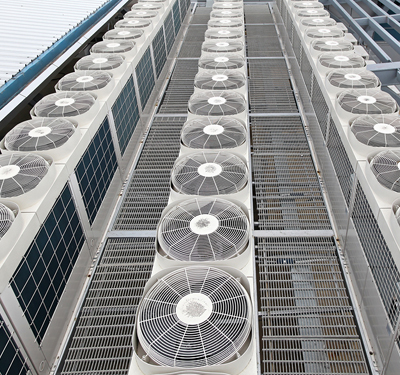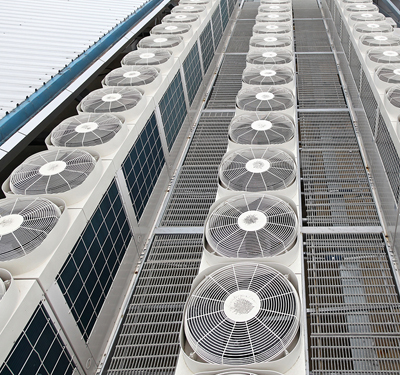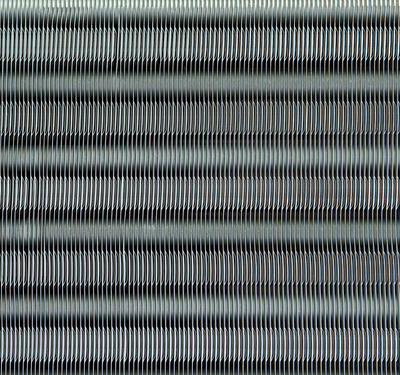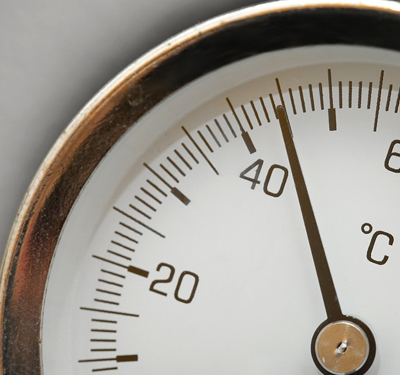
Categories
- All (57)
- Uncategorized (4)
- Sustainability (1)
- Engineering (25)
- Fundamentals (12)
- Services (11)
- Tenant Coordination (3)
- Facility Operations (5)
- Energy Solutions (3)
Tags
- All (57)
- Facility Operations (7)
- LEED (2)
- Lighting (4)
- Water Treatment (2)
- HVAC (3)
- Kitchen (1)
- Odor Control (2)
- Safety (5)
- Energy Audit (1)
- Food Court (1)
- Retail Design (1)
- fire protection (1)
- Restaurant (1)
- National Electric Code (2)
- Plumbing (2)
- Tenant Coordination (15)
- Fire Protection Agency (2)
- Restroom (1)
- Piping (2)
- Electrical Engineering (15)
- Right-Sizing (4)
- Products (1)
- Mechanical Engineering (11)
- Code (1)
- Energy (1)
- Boiler Room (5)
- Vs. (1)
- Commissioning (1)
- Expansion Tanks (1)
- ADA (1)
- Leasing (1)
- Equipment Layout (1)
- Universal Design (1)
- Curb Adapter (1)
- Calculations & Formulas (3)
- Grease (1)
- Rooftop (1)
- Rules of Thumb (1)
- Bid Documents (1)
- Central Plant (2)
- NEC (1)
- Before You Build (1)
- Comfort Issues (1)
- Workplace (1)
- Air Conditioning (4)
- Circuits (1)
Archives

Central Air Adds LEED Points
Posted by Bob Schneider on in Energy Solutions
Developers are showing increasing interest in central air conditioning for many reasons. Ideally suited for multi, multi-use dense, vertical developments, central air conditioning reduces energy use by 30–50%, helps earn LEED points, eliminates rooftop condenser “farms” that preclude green roof options and become maintenance nightmares, and generates revenue. Central air conditioning systems have smaller footprints […]
read more

Central Air Adds LEED Points
Posted by Bob Schneider on in Energy Solutions
Developers are showing increasing interest in central air conditioning for many reasons. Ideally suited for multi-story, multi-use dense, vertical developments, central air conditioning reduces energy use by 30–50%, helps earn LEED points, eliminates rooftop condenser “farms” that preclude green roof options and become maintenance nightmares, and generates revenue. Central air conditioning systems have smaller footprints […]
read more
Can I Use a Curb Adapter?
Posted by Bob Schneider on in Facility Operations
A contractor or Tenant field rep calls you up and asks this question. What do you say? First off, what is a curb adapter? This definition can mean something different to everyone. Often when an HVAC unit is being replaced, the new unit does not identically match the existing curb size and drop locations. A […]
read more

Cleaning Plate and Frame Heat Exchangers
Posted by Bob Schneider on in Engineering
Central Plants may utilize plate and frame heat exchangers for “free cooling” or other types of heat transfer. Maintenance of your plate and frame heat exchanger should be part of your scheduled service program. The plate exchanger, shown below, consists of corrugated plates assembled into a frame. The hot fluid flows in one direction in […]
read more

Double the Boiler Size and Fire the Engineer
Posted by Bob Schneider on in Facility Operations
That’s an old HVAC engineer joke. Often when we’re asked to evaluate comfort problems, we find this was more than just a joke. A building’s cooling load is the rate of heat rejection required to keep it cool inside. Conversely, the heating load is the amount of added heat needed to keep it warm inside. […]

 Previous STORY
Previous STORY